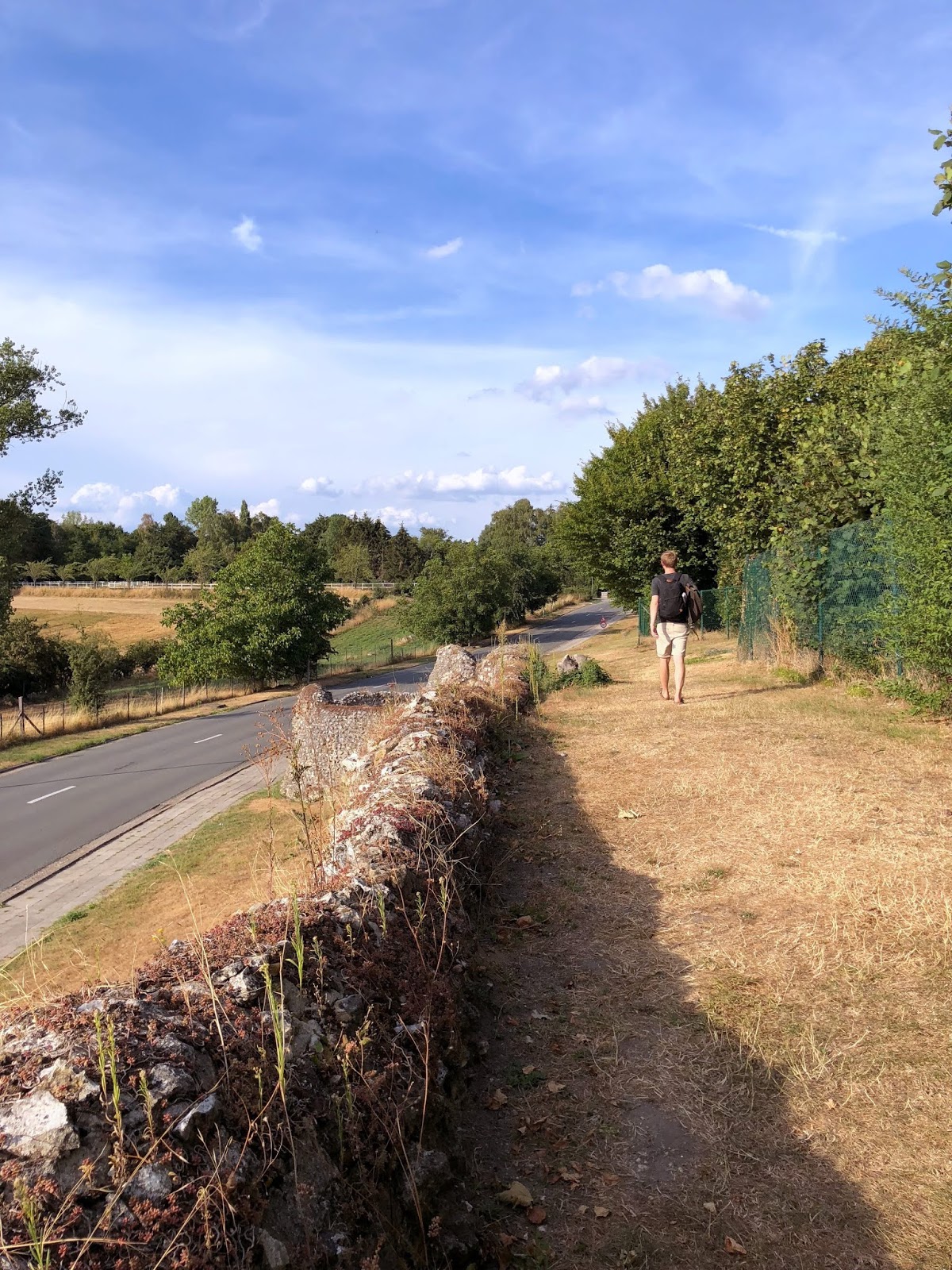Hello folks,
Tongeren might not be widely known, especially to foreigners and expats, but its history will surely surprise visitors. Once called Atuatuca Tongrorum, this city is the oldest in Belgium and served as the capital of the Roman province Civitas Tungrorum since its founding in 10 BC.
Although I've always been fascinated by ancient history, my first visit to Tongeren was a revelation. I discovered so many beautiful places that have withstood the test of time that it felt like love at first sight. We decided to go by train, which took us about an hour and a half from Leuven. We changed trains at Hasselt station, and the round trip cost €13 per person. Upon arrival, an information board in front of the station provides directions to tourist sites and descriptions of picturesque walking routes through the old town. Bronze cobblestones embedded in the sidewalks guide you to the city centre, a brilliant touch.
The medieval part of the town, including the 13th-century Basilica of Our Lady in the style of Brabantine Gothic and the unique Begijnhof church, are must-sees. However, the ruins of the Roman city walls, built in the 2nd century, impressed me the most. It's remarkable how they have remained, perfectly integrated into the landscape after such a long time. Historians suggest these walls were not built for military purposes but as a status symbol for the proud inhabitants. Almost 2,000 years later, the walls continue to fulfil their purpose: the locals are still very proud of them!
Tongeren excels in promoting archaeological research. Thanks to the community's devotion, the Gallo-Roman Museum was established. Dedicated to prehistoric times and the Roman age, its permanent collection boasts 2,300 items. The museum offers an interactive and educational experience, inviting visitors to explore the four major revolutions: "The Arrival of Human Beings," "The First Farmers," "A First Elite Emerges," and "The Romans Found Tongeren." An iron arrow on display might seem like just an object, but in Tongeren, this arrow, along with many other artefacts, speaks to us about social classes, politics, privilege, and oppression. It's no surprise this museum won the European Museum of the Year Award in 2012: we need spaces that encourage critical thinking.
I've visited many beautiful places in Tongeren and yet have so much more to explore. I look forward to visiting the Tumuli, Roman burial mounds, and perhaps even joining an excavation. How wonderful would that be?
Check the Gallo-Roman Museum's website for practical information.


